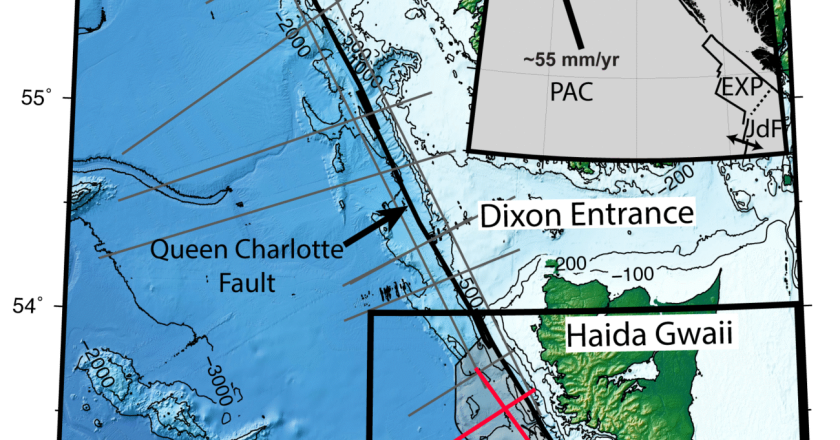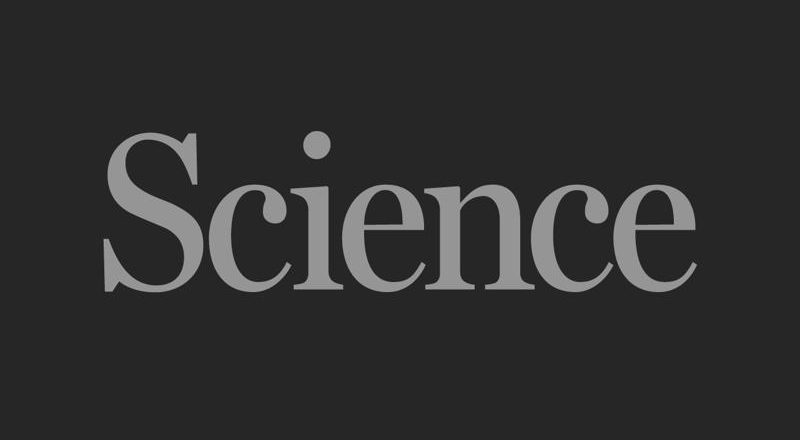Bridging Science, Policy and Strategy for Climate Action – State of the Planet
Tiffany Wu, a 2023 graduate of Columbia University’s MPA in Environmental Science and Policy program, is a senior program associate at Winrock International, which provides solutions to complex social and agricultural challenges worldwide. Wu works on climate and sustainability projects spanning carbon markets, corporate greenhouse gas accounting and clean energy.
Courtesy of Tiffany Wu
Drawing on her diverse experiences in field research, as well as her background in corporate and nonprofit roles, Wu bridges science, policy and strategy to help organizations take meaningful climate action. In the Q&A below, Wu speaks about her career path, the lessons she learned at Columbia and her advice for students entering the field.
Can you tell us about your current work?
I’m a seni...




